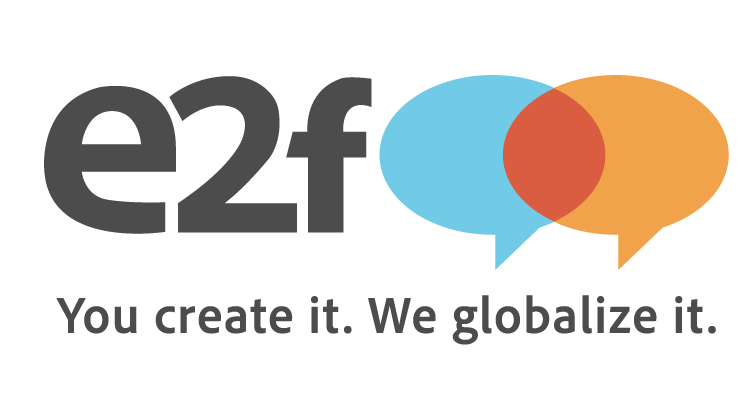How can large language models like ChatGPT help both business and society?
ChatGPT’s staggering rise to fame has been the most exciting development in artificial intelligence in years, and has finally brought large language models (LLMs) to the forefront of public discourse.
And no wonder. These models process vast amounts of natural language data and generate insights and solutions for a massive range of use cases, presenting great opportunities for both the business world and for society at large.
Here are some of the most important and exciting LLM use cases you should be aware of:
1. Natural Language Processing (NLP) Applications
One of the most exciting and practical uses of large language models is in building NLP applications such as chatbots, virtual assistants, and language translation tools. By leveraging large language models, companies can:
Automate customer service
Increase efficiency
Improve user experience
These models are getting better every day, and are starting to show incredible results in helping businesses interact with their customers seamlessly and efficiently.
2. Content Creation and Optimization
Another important (and much discussed) use of large language models is in generating high-quality marketing content.
With instant access to vast amounts of information, these models are able to quickly generate informing and relevant content across almost any field.
Not only can these models generate new content, but they can also improve existing content by suggesting improvements to text, titles, and metadata.
3. Improving Accessibility
Large language models are making it easier for people with visual impairments to understand and engage with content online through generated text descriptions of images and videos.
Additionally, large language models can be used to transcribe spoken words into text, making it easier for people with hearing impairments to participate in conversations and access information.
4. Improving Education
Large language models are also helping improve education through personalized and interactive learning experiences.
These models can be used to analyze student performance, identify knowledge gaps, and suggest personalized learning paths.
Additionally, large language models can be used to generate educational content that is tailored to the needs of individual learners.
5. Advancing Scientific Research
Finally, large language models are being used to advance scientific research by analyzing vast amounts of data and identifying patterns and trends. These models can be used in a variety of fields, including medicine, biology, and physics, to analyze data and generate insights that can inform scientific discovery and innovation.
In conclusion, large language models are a powerful tool with a wide range of applications, from writing a blog post to advancing scientific research. As these models continue to evolve and improve, the possibilities will only expand - so the sooner companies and organizations can add these tools to their arsenals, the sooner significant advancements can be achieved.
This post was written with the help of ChatGPT.

